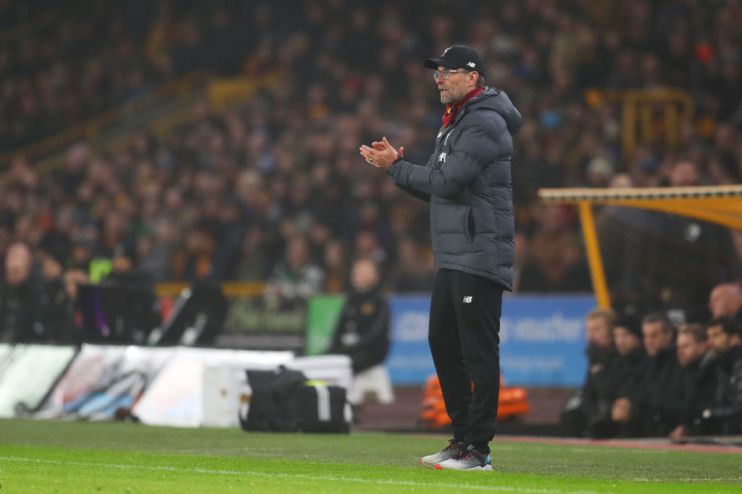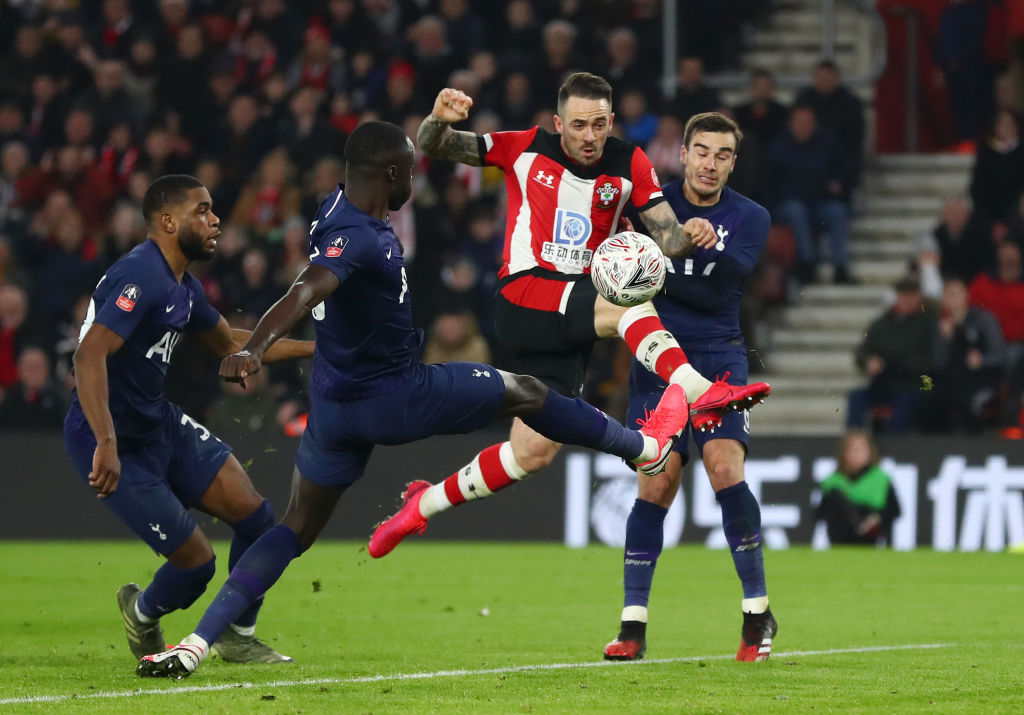Premier League winter break: How does it work and what is every team doing?

This week marks a Premier League first, with the advent of its inaugural winter break.
Each team has been allocated a 13-day rest between top-flight fixtures, but fear not: there is no television blackout. Since the interval is staggered across two weekends, 12 teams have this weekend off while the other eight get to rest the following week.
The break’s introduction is the result of Premier League clubs heeding calls to fall into line with other leading European leagues, amid concerns that England’s relentless schedule puts players at greater risk of injury and harms the prospects of the national team.
It is officially called a “mid-season player break” rather than winter break and, unlike elsewhere on the Continent, occurs later in the season rather than over English football’s traditionally busy and cherished festive period.
The Football Association’s former chief executive Martin Glenn said it struck a balance between providing players with “a much-needed break” and leaving the “much-loved Christmas schedule” untouched.
For its part, the FA moved FA Cup fifth-round fixtures from mid-February to the start of March to accommodate the break, however the joined-up thinking did not extend to plans for fourth-round replays.
FA Cup replays
Those matches are due to take place tonight and tomorrow, meaning that Liverpool, Tottenham, Southampton and Newcastle do not have the full 13 days after all.
Liverpool manager Jurgen Klopp has responded by handing the replay over to the club’s under-23 team and their coach Neil Critchley while the German and his first team sit out the game.
What Klopp’s stance means for the integrity of the FA Cup is up for debate but it is a fact that the Shrewsbury replay will be Liverpool’s 40th match of the season. They still have 13 games left in top-flight, as well as a potential further 11 in cup competitions.
The Reds are sticking to their plan of allowing players individual holiday before resuming training at Melwood next week.

Manchester City are among those set to follow suit, while Frank Lampard has allowed his Chelsea players some free time before a “mini pre-season” ahead of a tough run against Manchester United, Tottenham and Bayern Munich.
United, meanwhile, cancelled a scheduled trip to the Middle East over safety concerns amid the ongoing tensions in the region and are heading to a European training camp instead, while Arsenal and Sheffield United are still set to travel to Dubai.
FA Cup replay commitments have forced Spurs and Southampton to abandon their plans to jet away.
The break is the culmination of years of managers pleading publicly and privately for players to be granted a mid-season rest.
It is an argument that has grown louder with the influx of foreign managers throughout the top-flight and second tier, many of whom are used to winter breaks in other European leagues.
How do winter breaks in Europe compare?
Germany’s Bundesliga enjoys the longest winter break, beginning a week before Christmas and lasting until the middle of January.
In France’s Ligue 1 there is a 24-day interval, while Spain and Italy get 18 and 16 days between games respectively.
The Premier League’s 13-day gap, however, essentially gives teams just one weekend off and represents a compromise.
It is structured to ensure there is no completely fallow week, while the spreading of fixtures over two weekends allows more of them to be broadcast on television than normal.

Will it help England’s national team?
While it may be good for clubs and broadcasters, it remains to be seen whether it is tackling the crux of the issue its implementation was intended to resolve: namely, protecting player welfare and, secondly, aiding the national team.
England forwards Harry Kane and Marcus Rashford might regard the break as too little too late, given they have already been sidelined for significant periods with a hamstring injury and stress fracture respectively.
Newcastle’s Steve Bruce and Bournemouth’s Eddie Howe could also be forgiven for feeling sceptical about its benefits, given they currently have 10 and eight first-team players out injured. Likewise Mikel Arteta, who has had to change Arsenal’s back four every game since taking charge in December due to a series of injuries.
Then there is the argument that it will help the national team, particularly at major tournaments.
Glenn said the FA was “sure that this mid-season break will prove to be a valuable addition for our players”. But while former England managers Fabio Capello and Sven-Goran Eriksson strongly supported the notion, current manager Gareth Southgate has been more circumspect about its virtues.
“It’s an interesting debate,” Southgate has said. “There are as many players from abroad playing here in our league, if not more, so they have the same problem. We can put hurdles in our way that maybe are not there.”
With Euro 2020 on the horizon, this summer may offer a clearer indication as to whether a winter break can help push England over the line.
How is your team spending the winter break?
| Warm weather training | Staying in England with extra time off | Unwilling to say |
| Arsenal Brighton Manchester United Sheffield United Wolves | Bournemouth Burnley Chelsea Crystal Palace Everton Leicester Liverpool Manchester City Newcastle Norwich Southampton* Tottenham* Watford West Ham | Aston Villa |